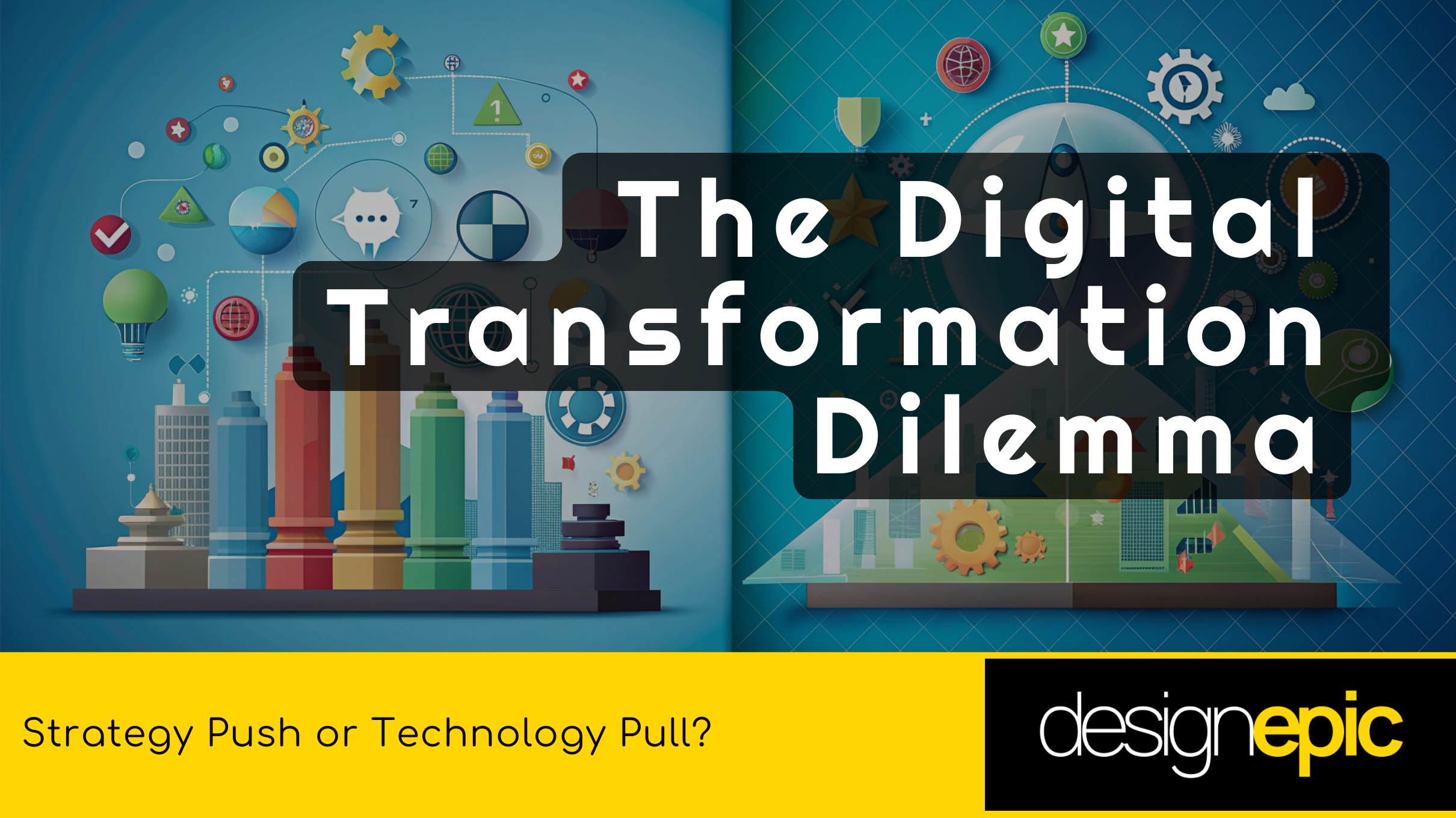Schedule Your Free Consultation

In the rapidly evolving landscape of digital transformation, business leaders find themselves at a crossroads, grappling with a fundamental question: Should technology drive strategy, or should strategy dictate technological adoption?
One school of thought, championed by tech-savvy business leaders, argues for a technology-first approach. As one such leader asserts, “Once we grasp the full potential of the technology, we can more effectively guide our organization in utilizing it.” This perspective emphasizes the importance of technological literacy among leadership. Proponents argue that by staying abreast of technological advancements, organizations can:
On the other side of the debate, traditionalists advocate for a strategy-first approach. Another business leader encapsulates this view: “Here’s our business goal and our strategy to achieve it. Now, let’s identify the technology that will help us reach this objective.” This approach prioritizes:
The question remains: Which approach is superior? Should organizations start by understanding technological capabilities and then devise strategies to leverage them? Or should they define their strategy first and then seek out technologies to support its execution?This debate extends to whether leadership strategy should push the business forward or if the rapid adoption of new technologies should pull the business in new directions. Some argue for a hybrid approach, combining elements of both strategy push and technology pull.
Respected sources have weighed in on this debate:
However, the landscape is shifting dramatically. Most of these thought leadership articles were written before the rise of artificial intelligence and other transformative technologies. The rapid emergence and adoption of new technologies by both industries and consumers are creating unprecedented opportunities for businesses that are:
Few modern businesses can claim to embody all four of these characteristics unless their leadership has invested in formal digital transformation education and upgraded their decision-making processes to incorporate data-driven strategies and modern leadership techniques.
Based on extensive experience in the field, it appears that the most successful leaders adopt a nuanced approach. They create strategies that are informed by technological possibilities while leveraging both new technologies and traditional assets that have historically provided competitive advantage.These leaders don’t abandon their core strengths; instead, they augment, enhance, and upgrade them. Their focus is on transformation that aims for step changes rather than incremental improvements.If we were to quantify this approach, the most successfully transformed businesses tend to be approximately 80% strategy-pushed and 20% opportunistically technology-pulled. This balance allows organizations to maintain a clear direction while remaining flexible enough to capitalize on emerging technological opportunities.
As we move further into the digital age, the ability to balance strategic vision with technological opportunism will likely become a key differentiator for successful businesses. Leaders must cultivate both a strong understanding of their business objectives and a keen awareness of technological trends to navigate the complex landscape of digital transformation effectively.